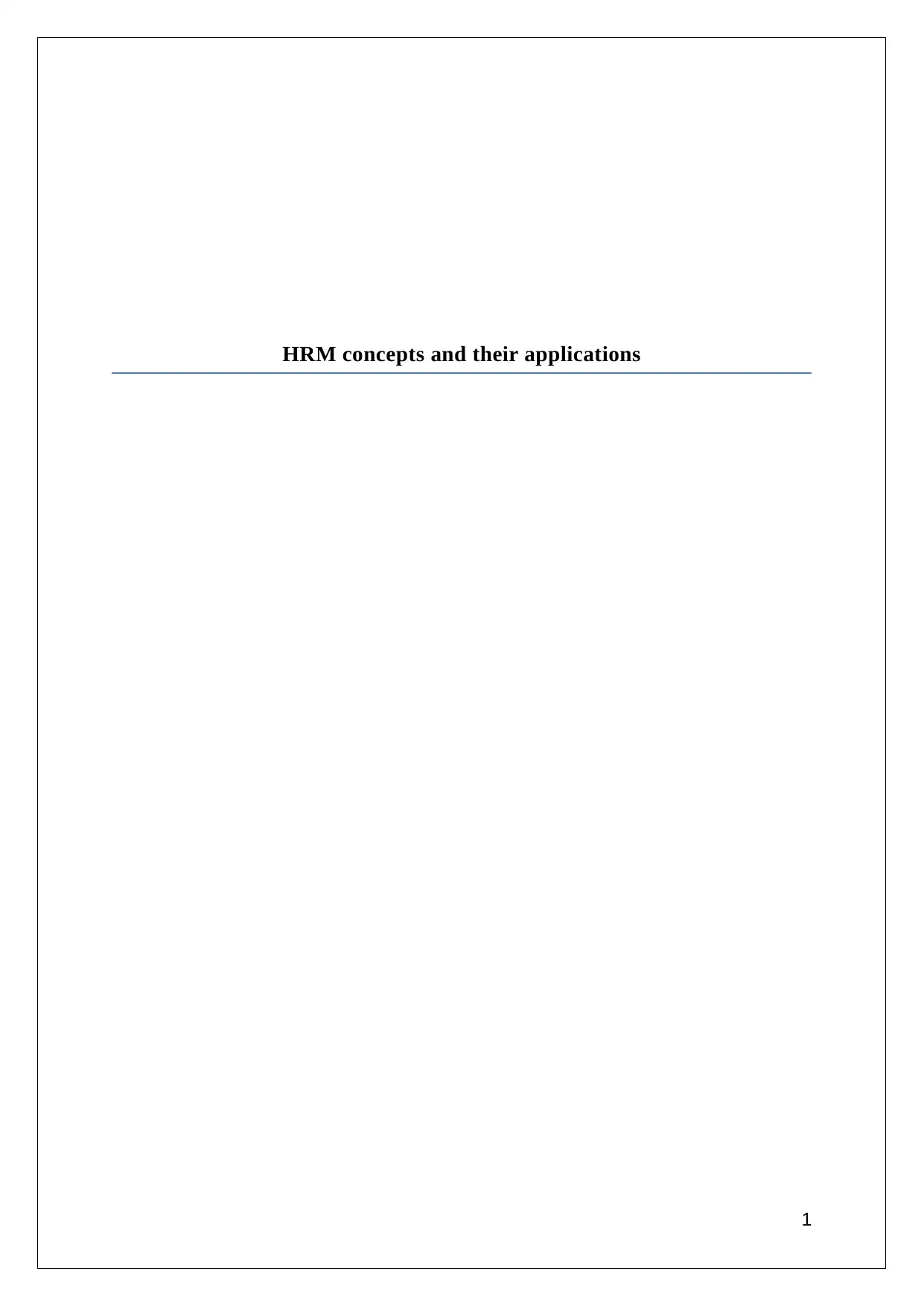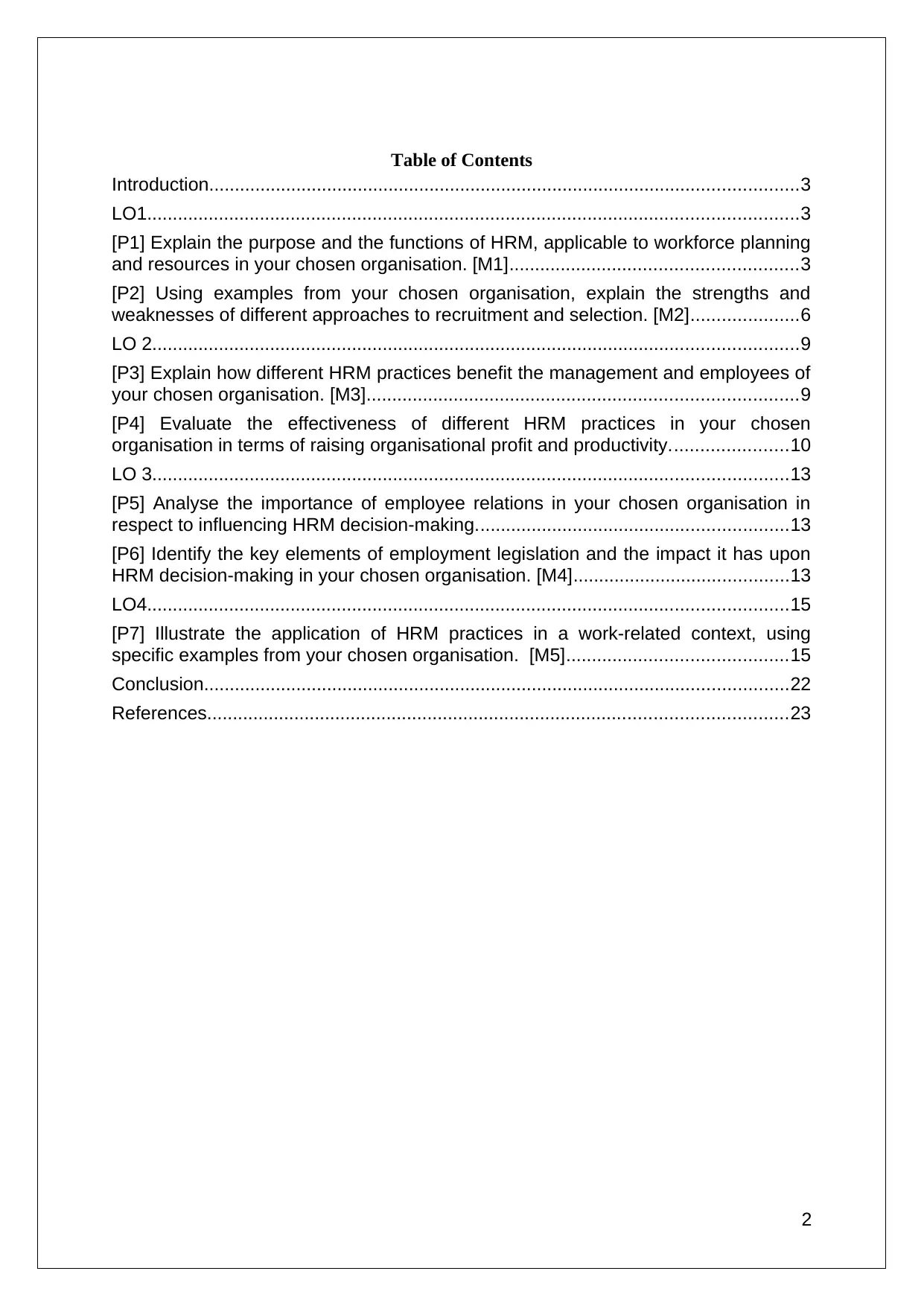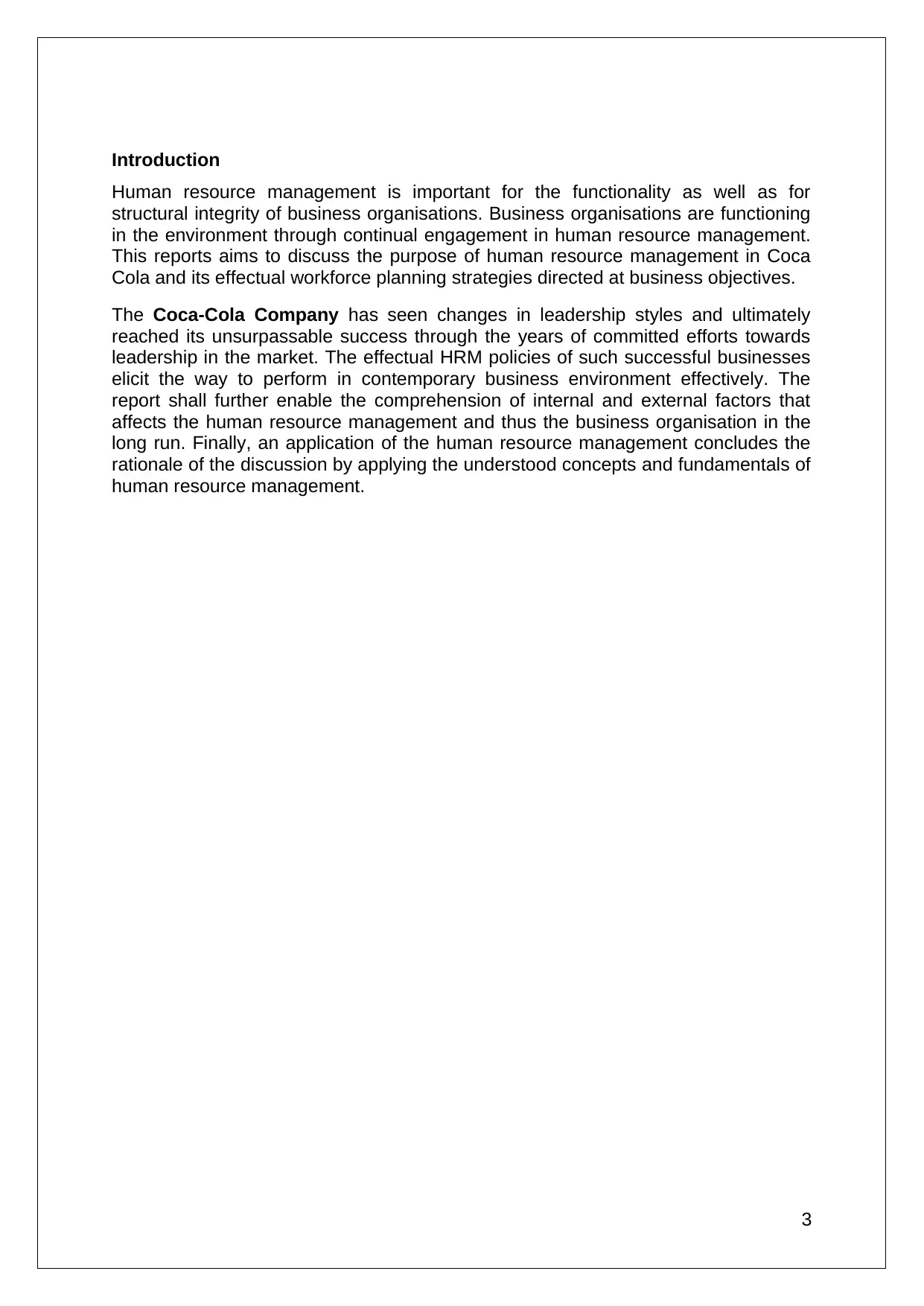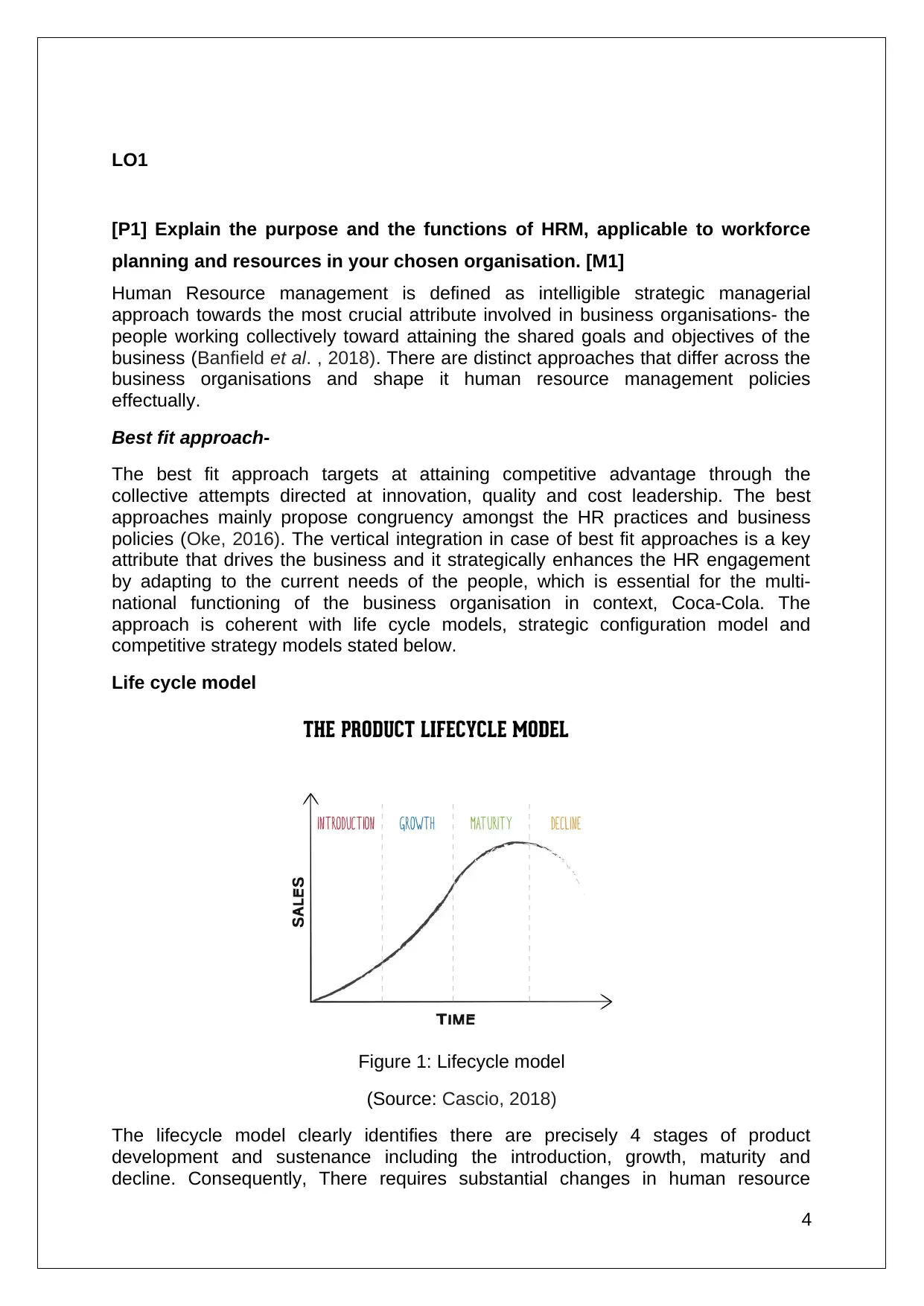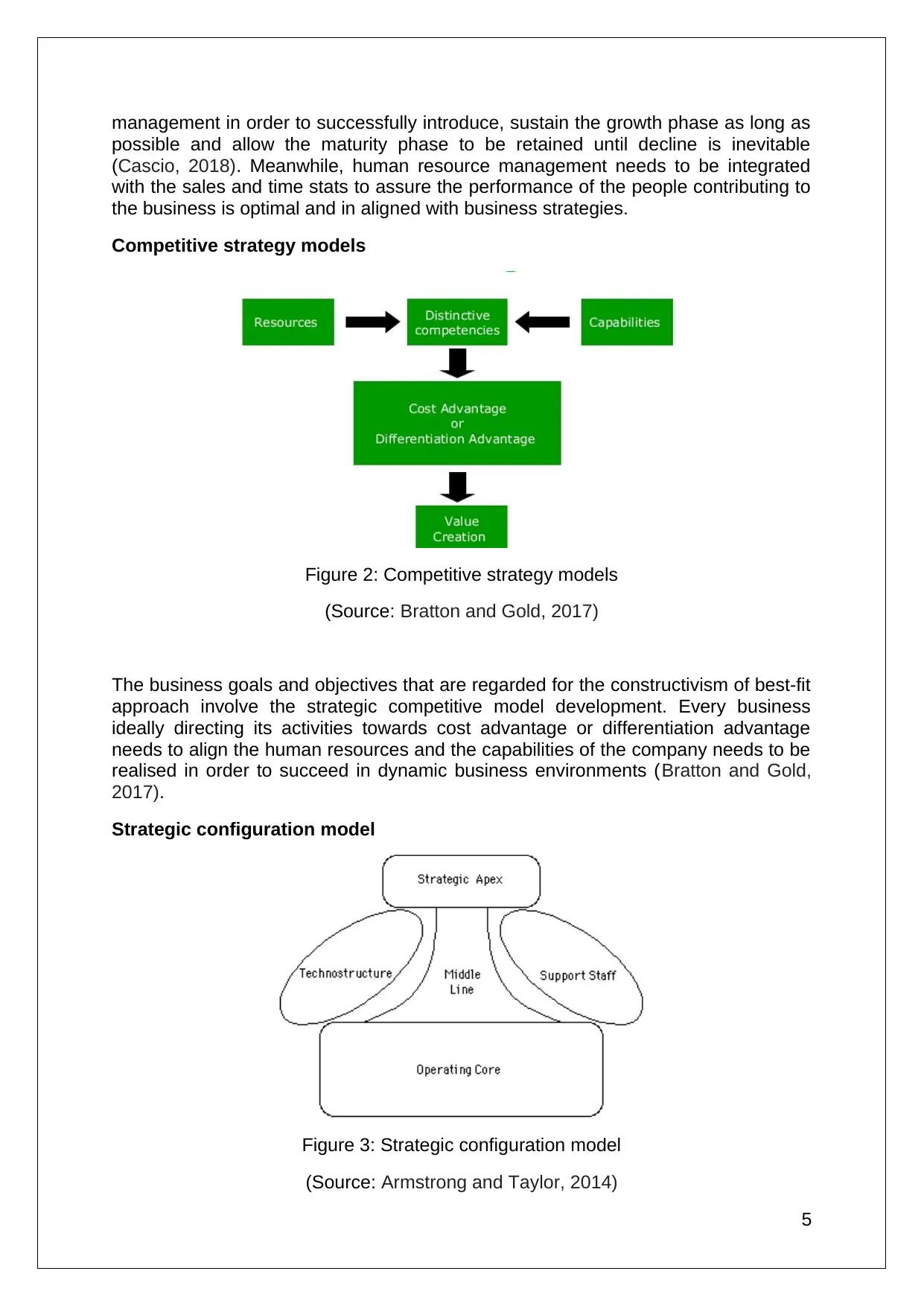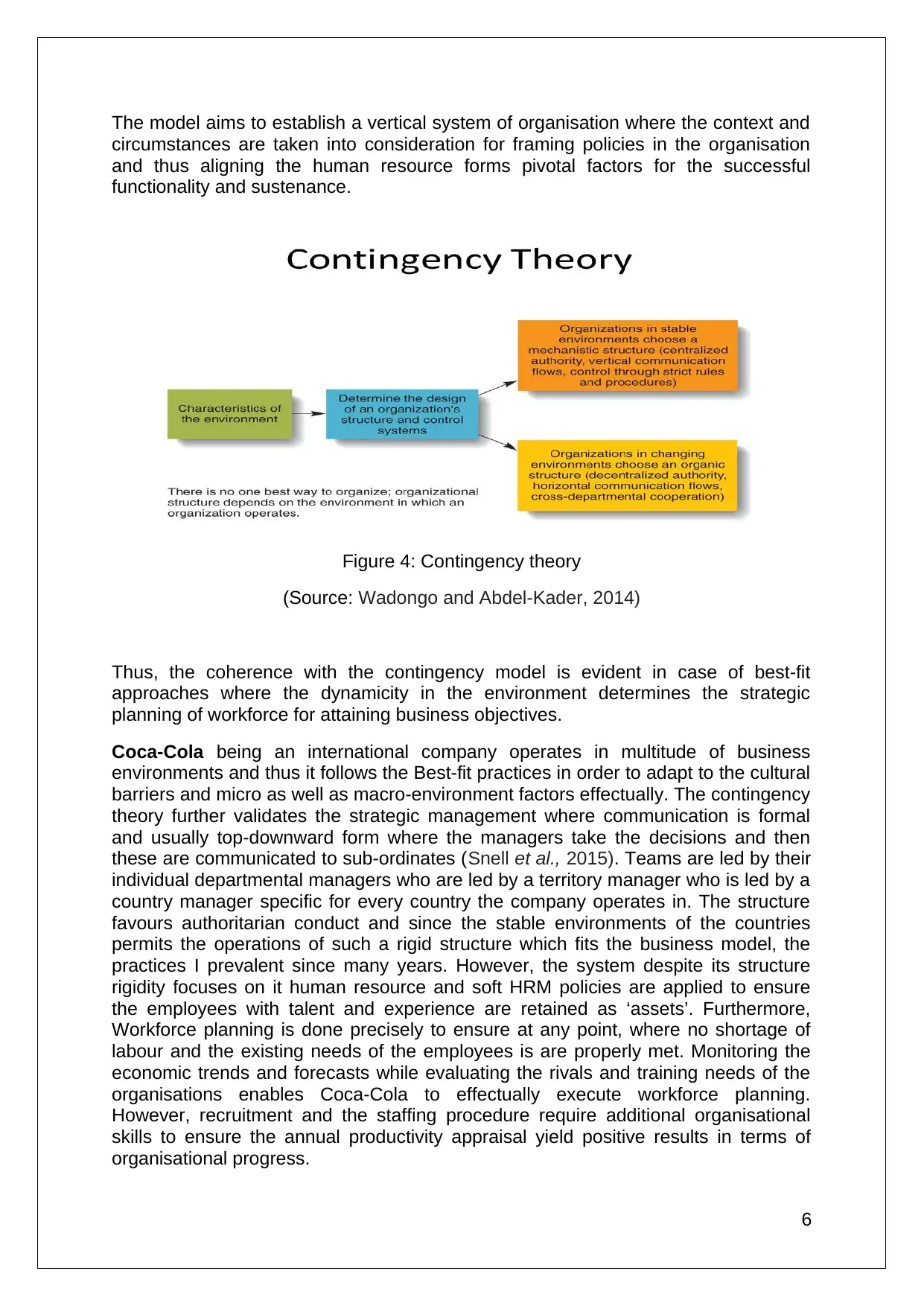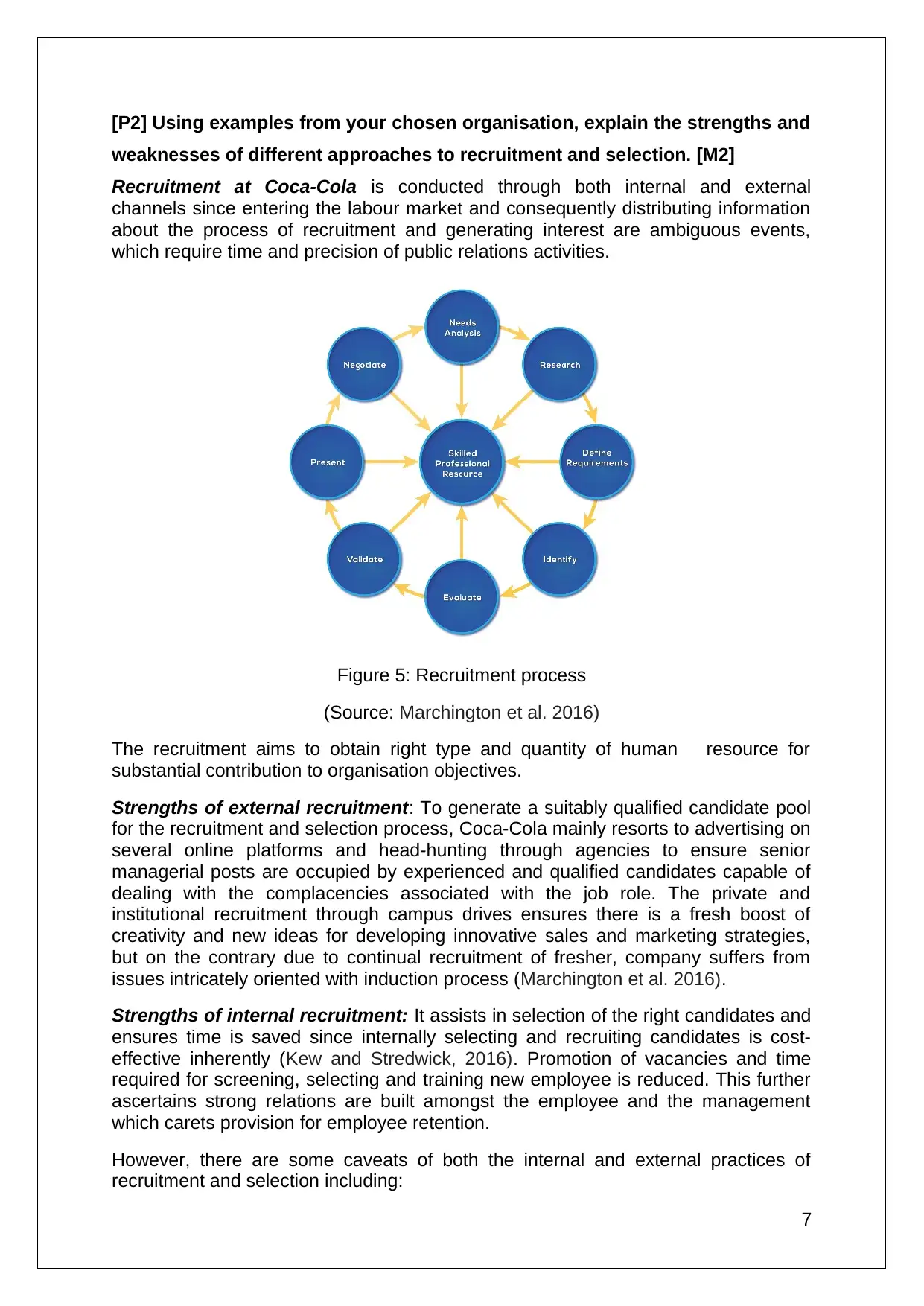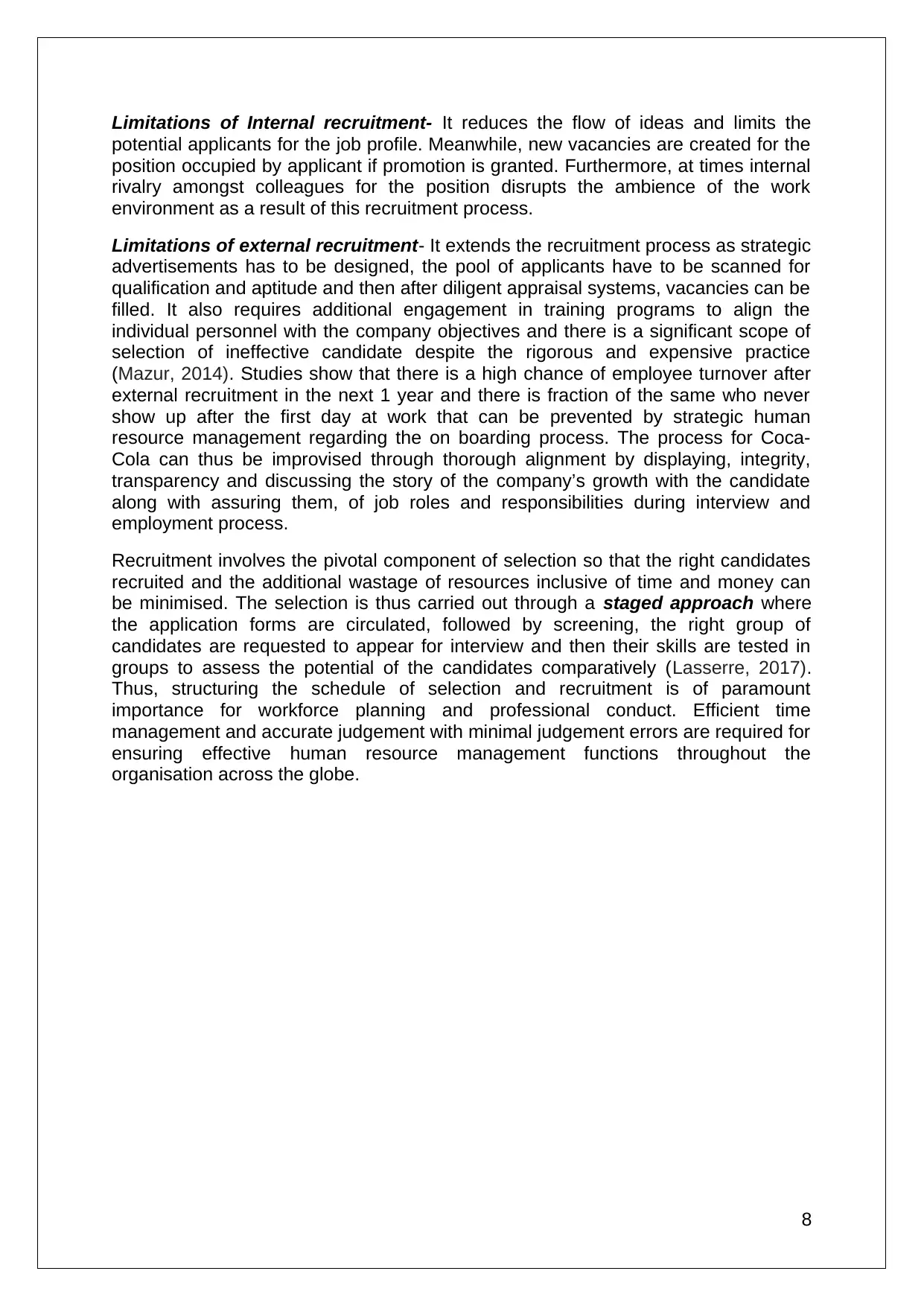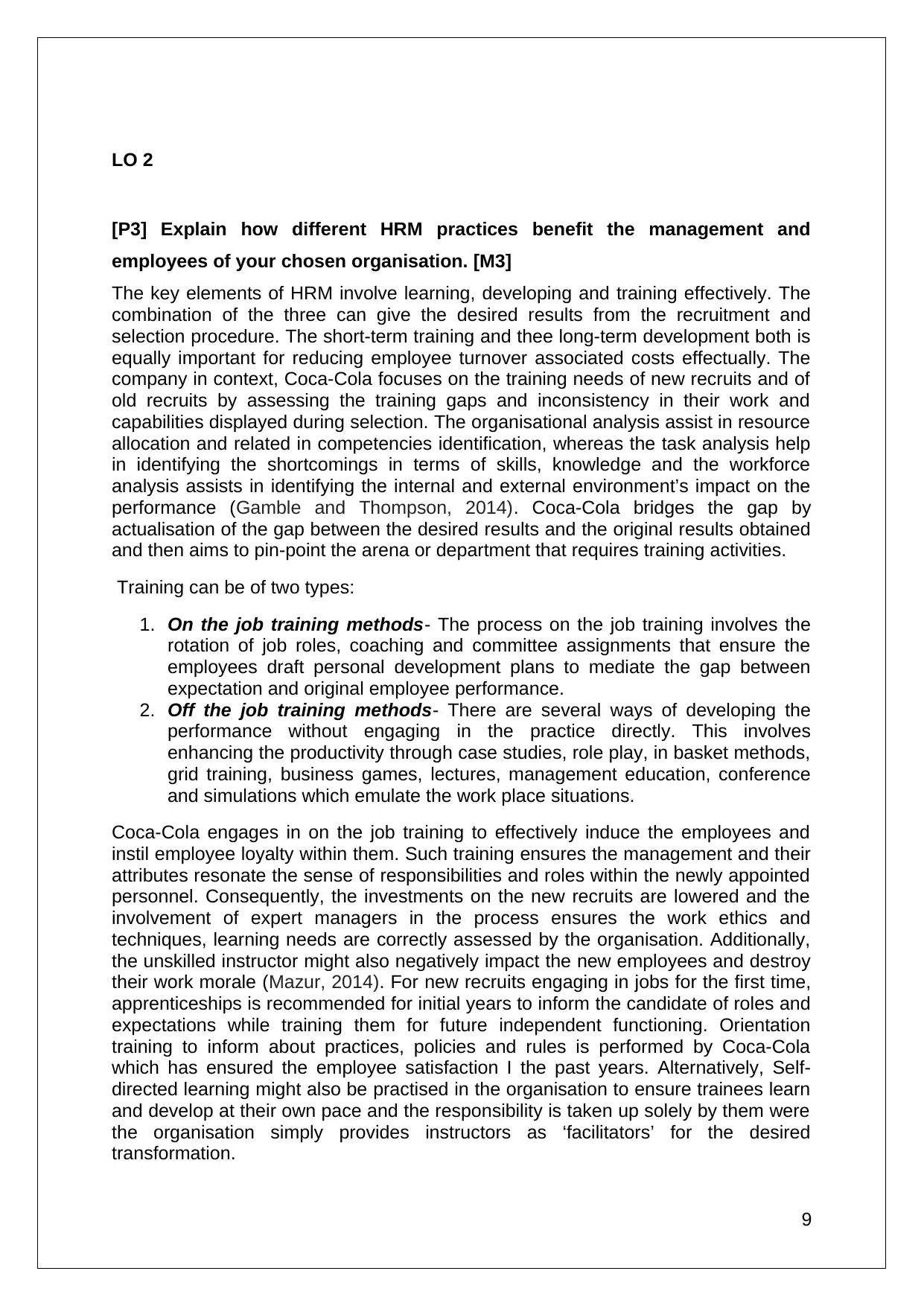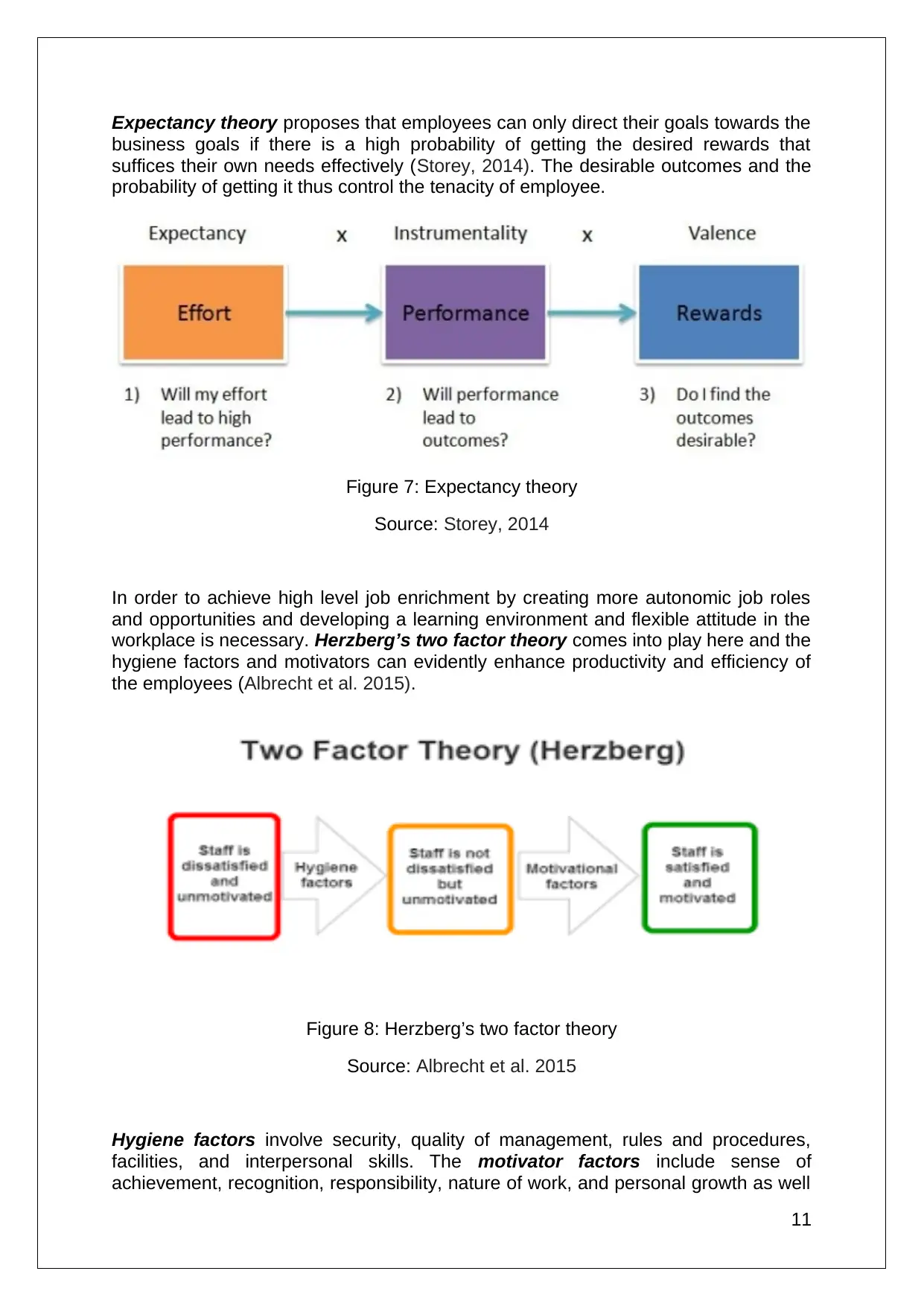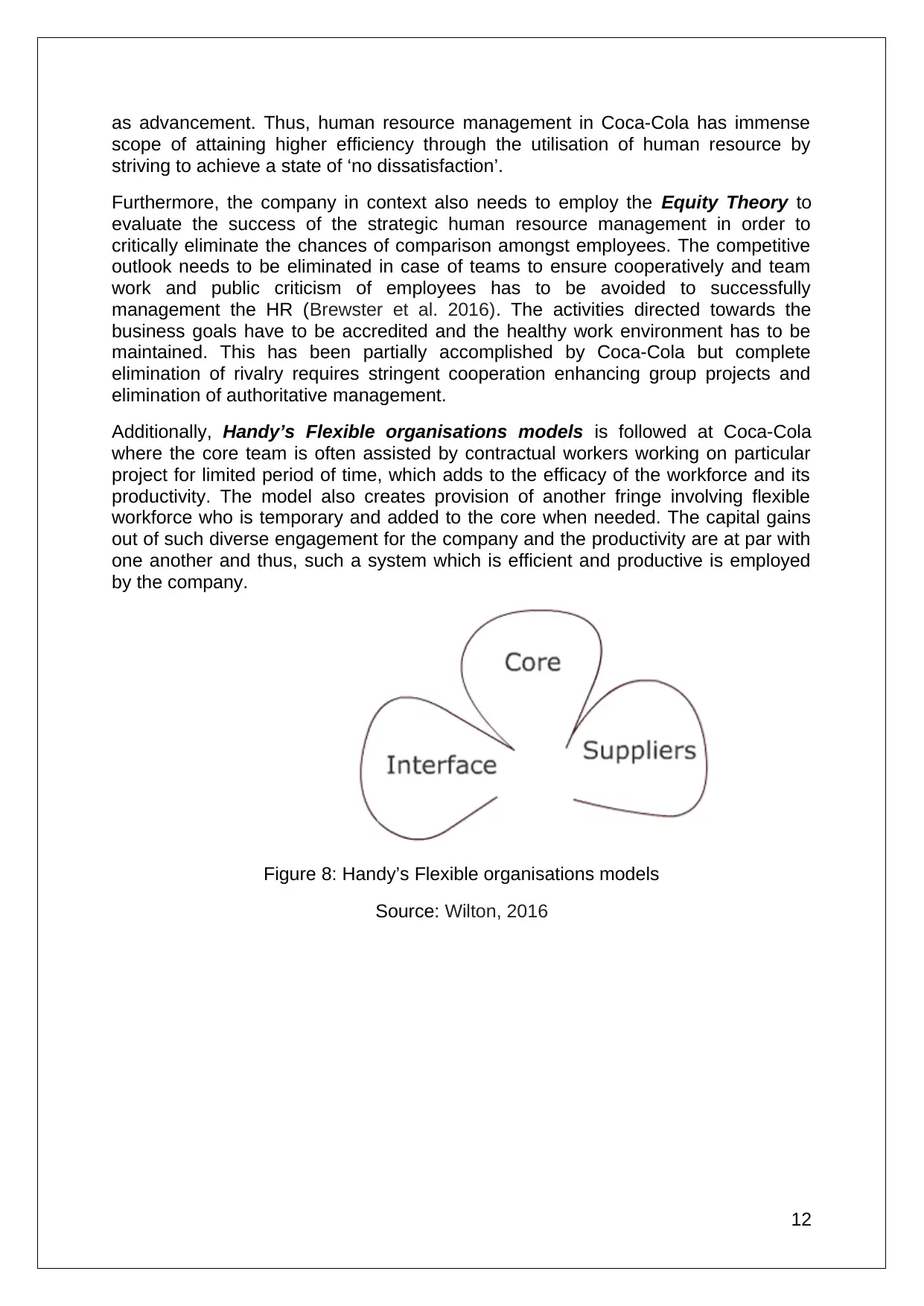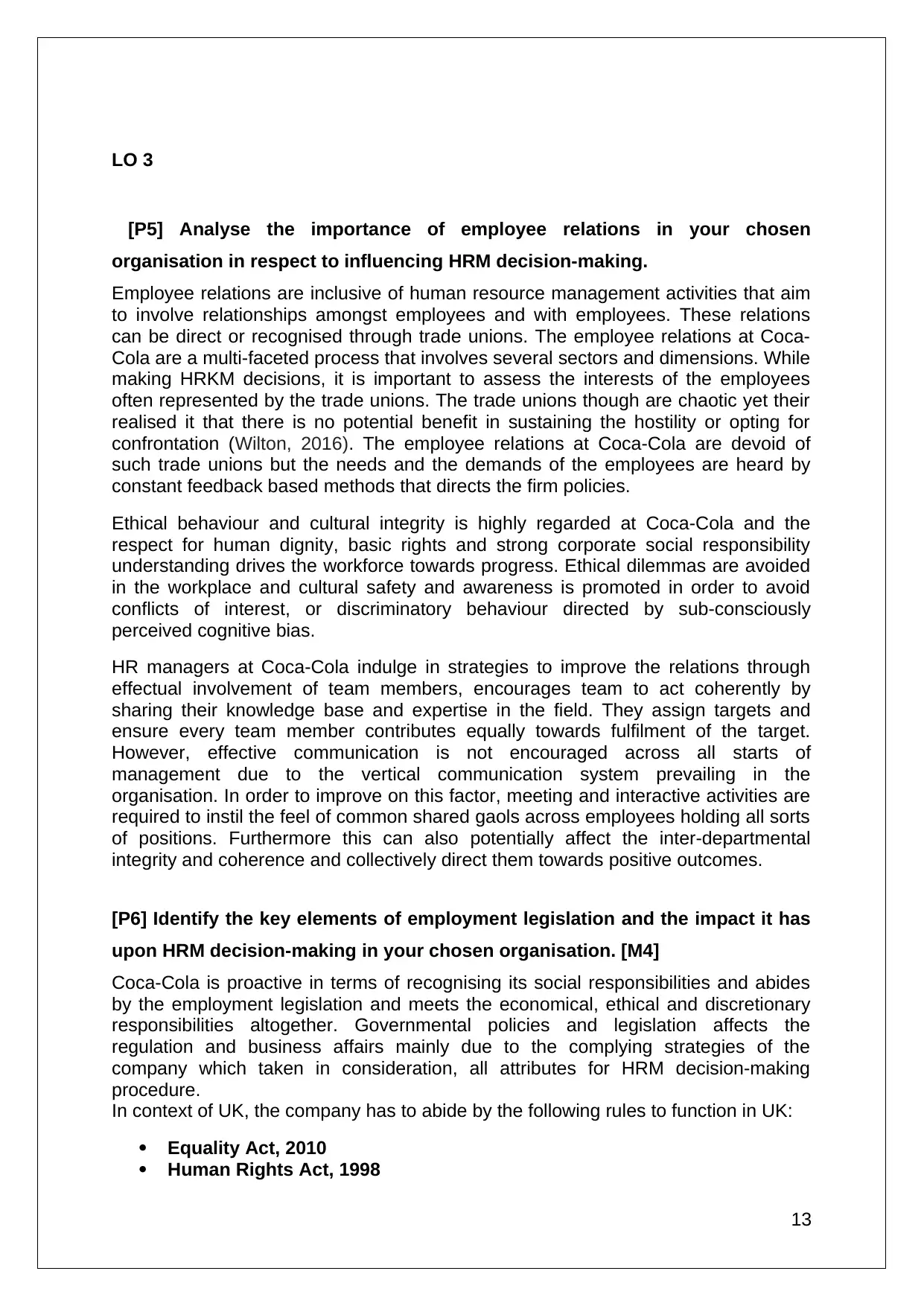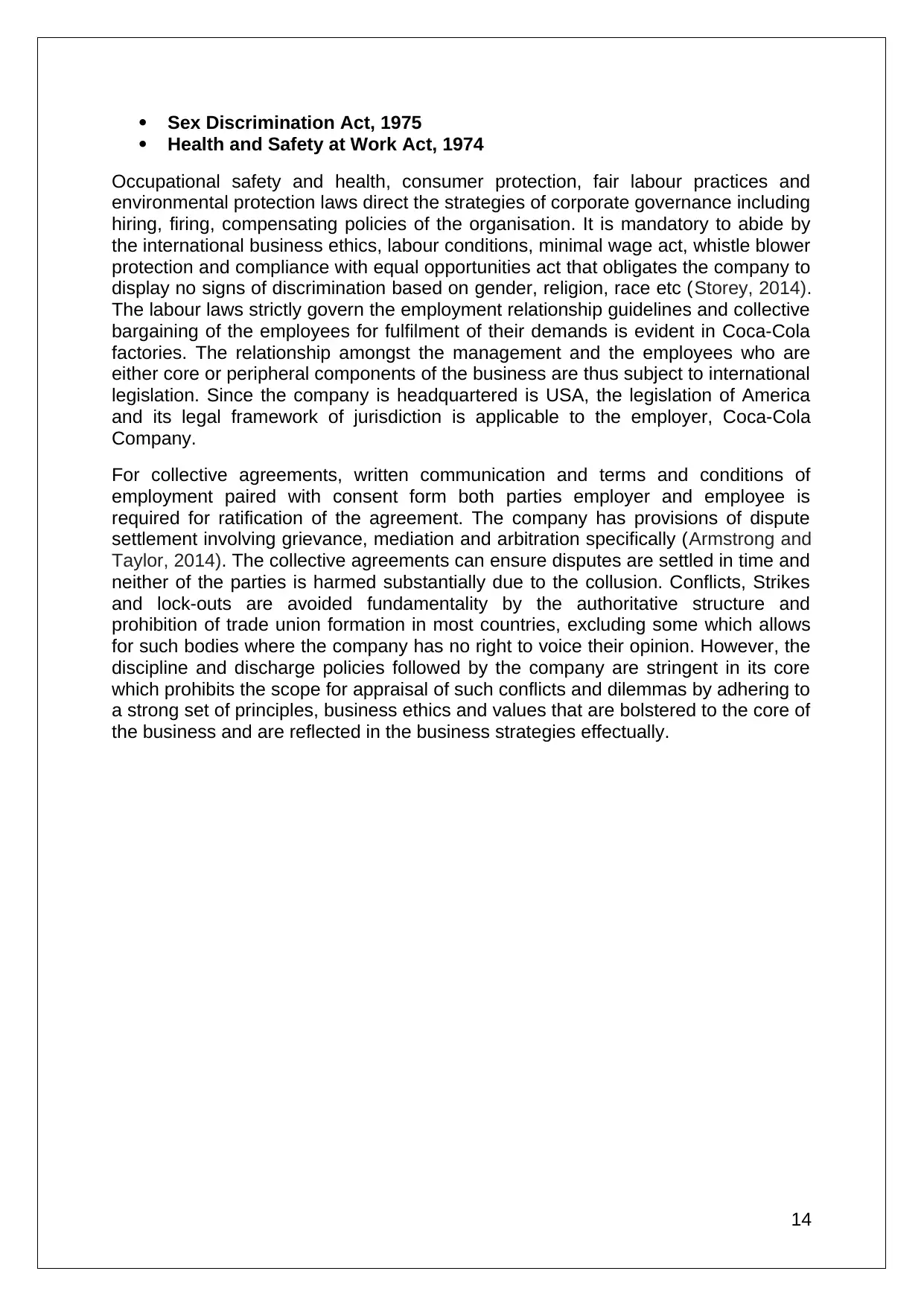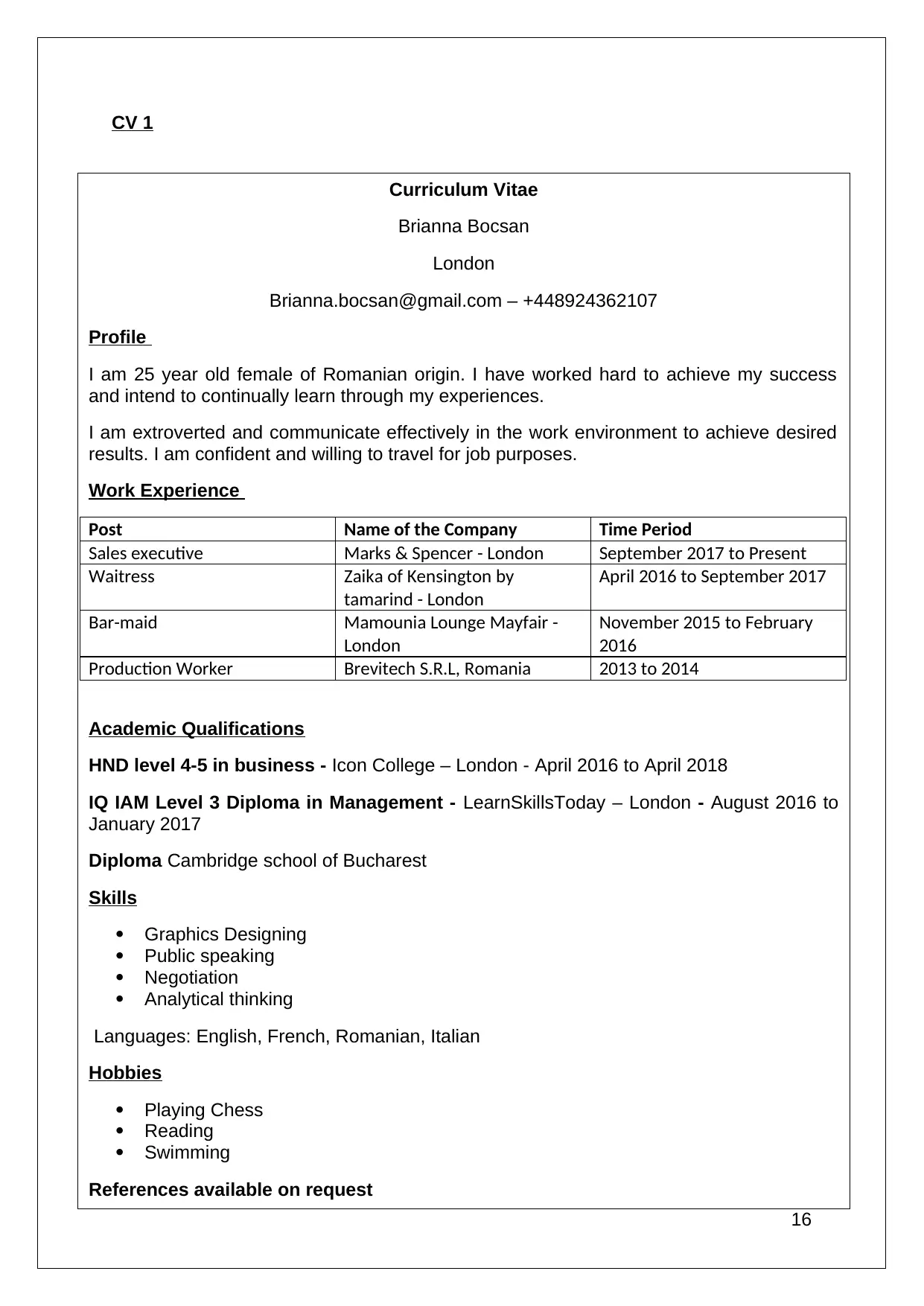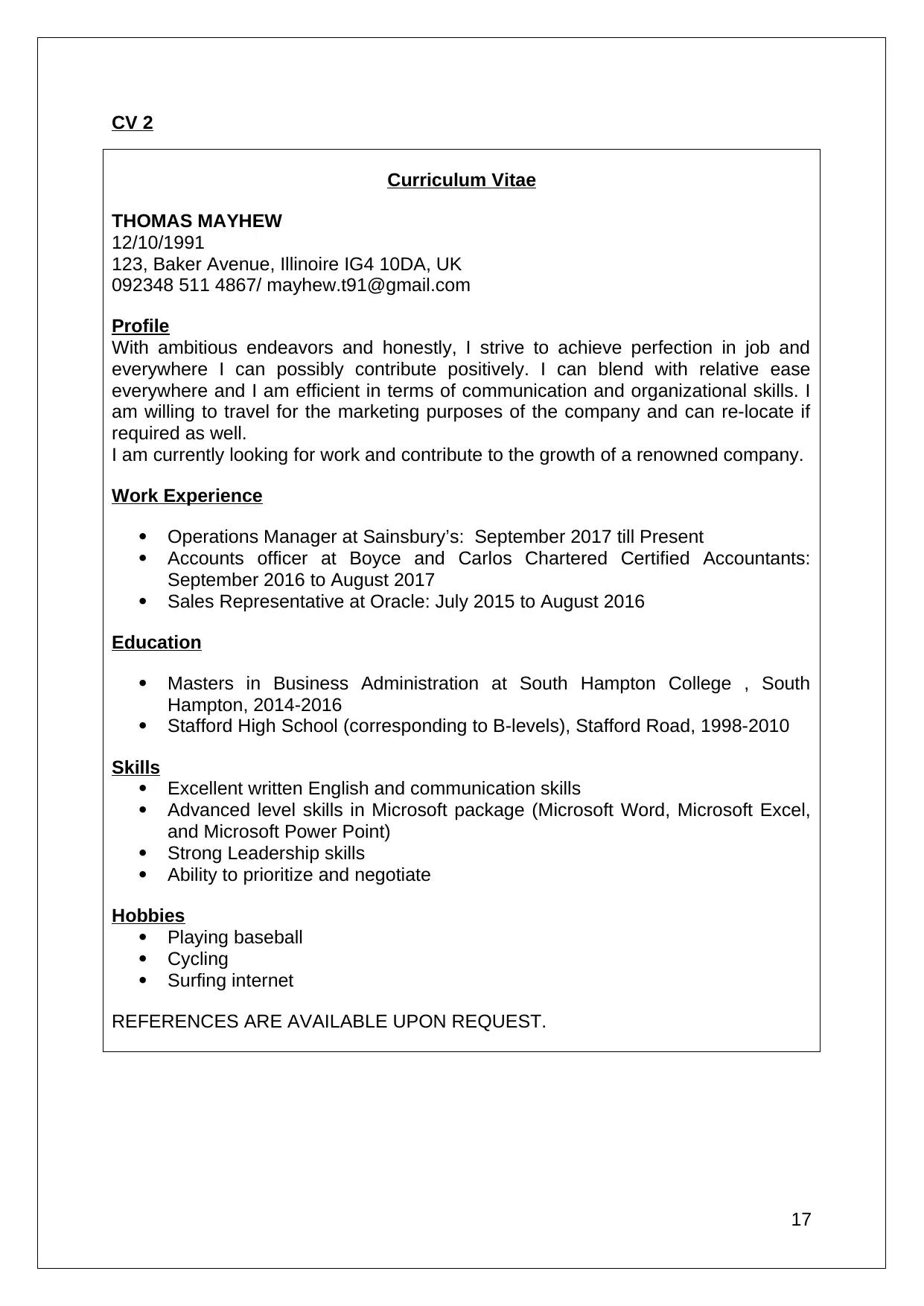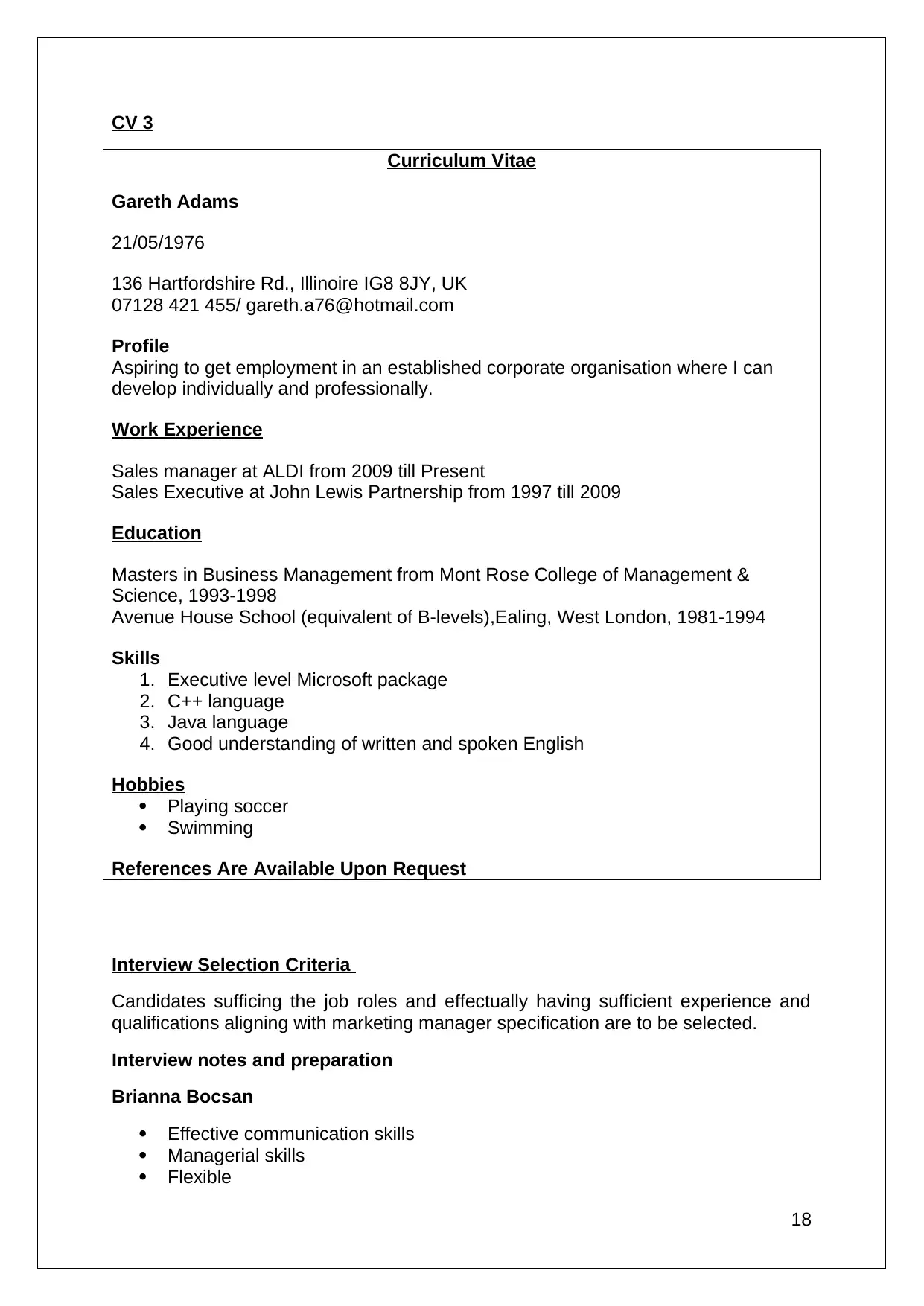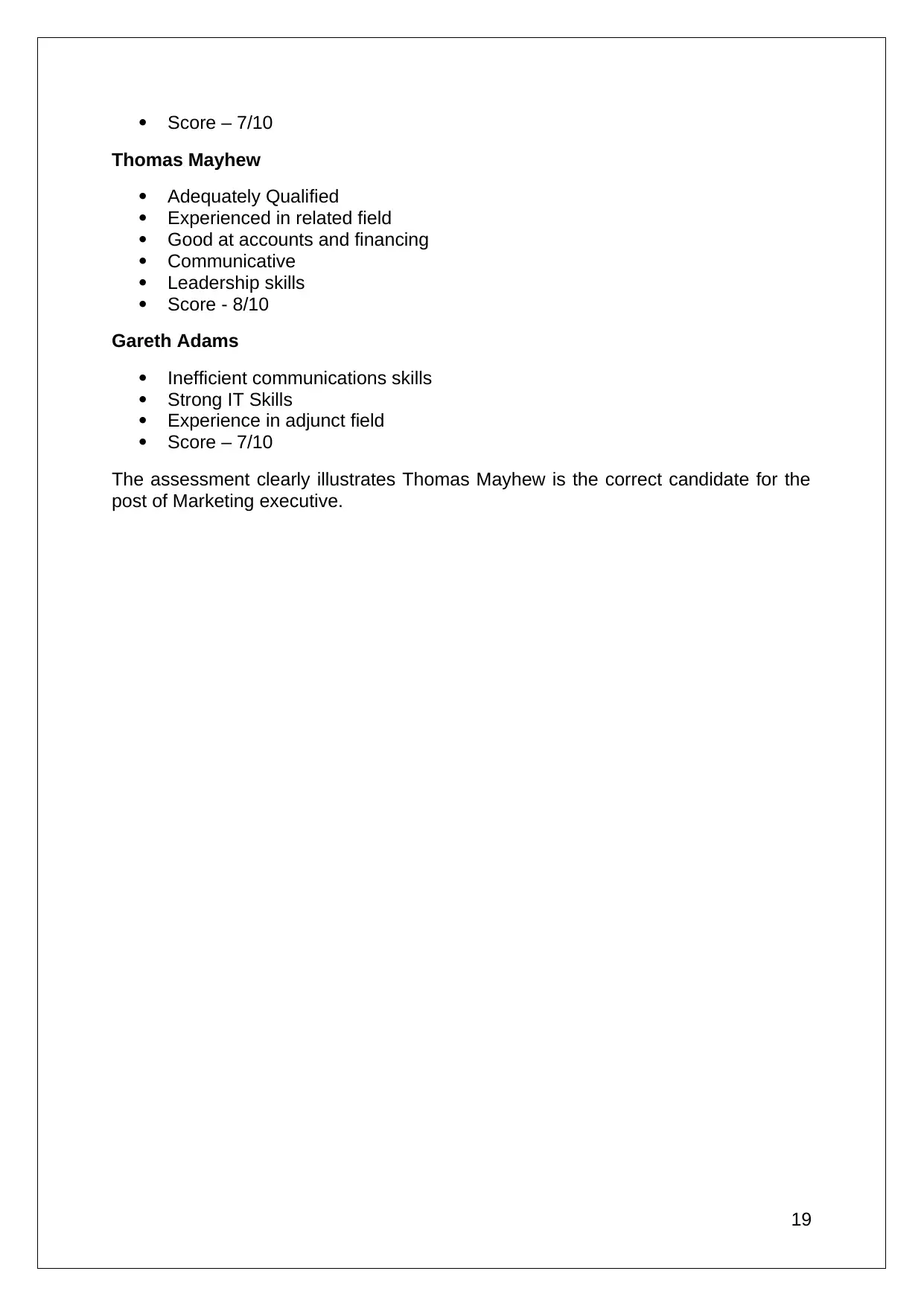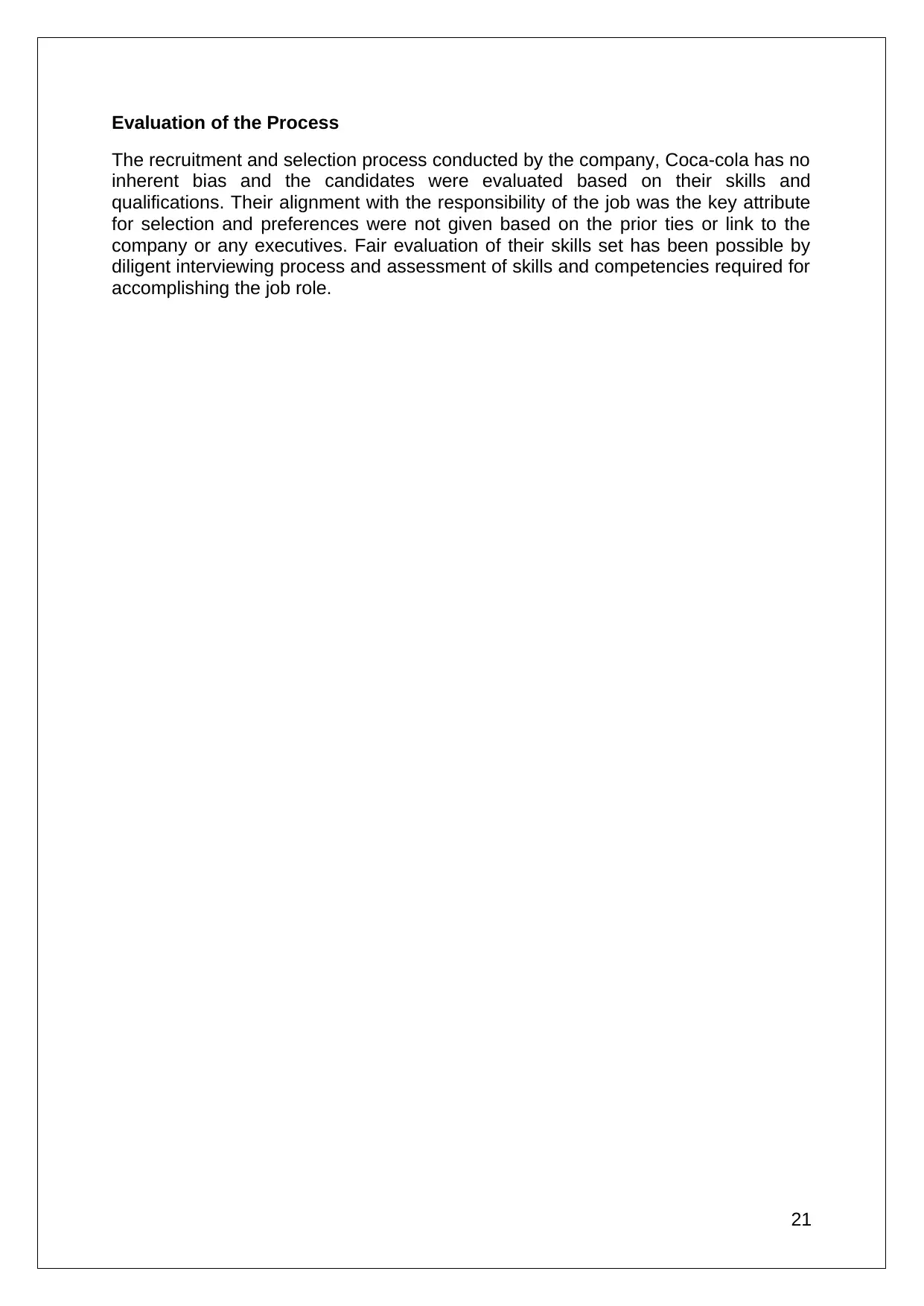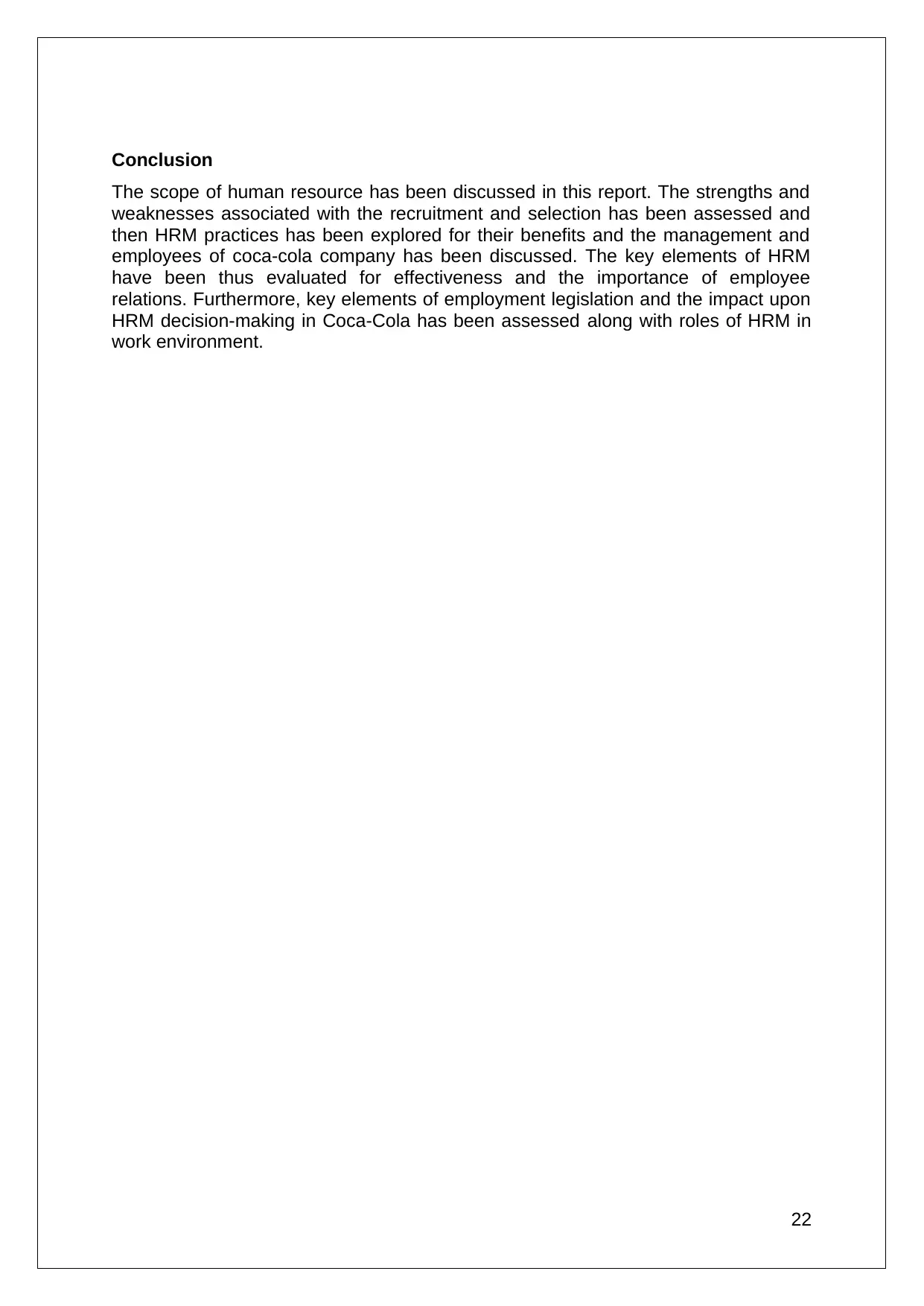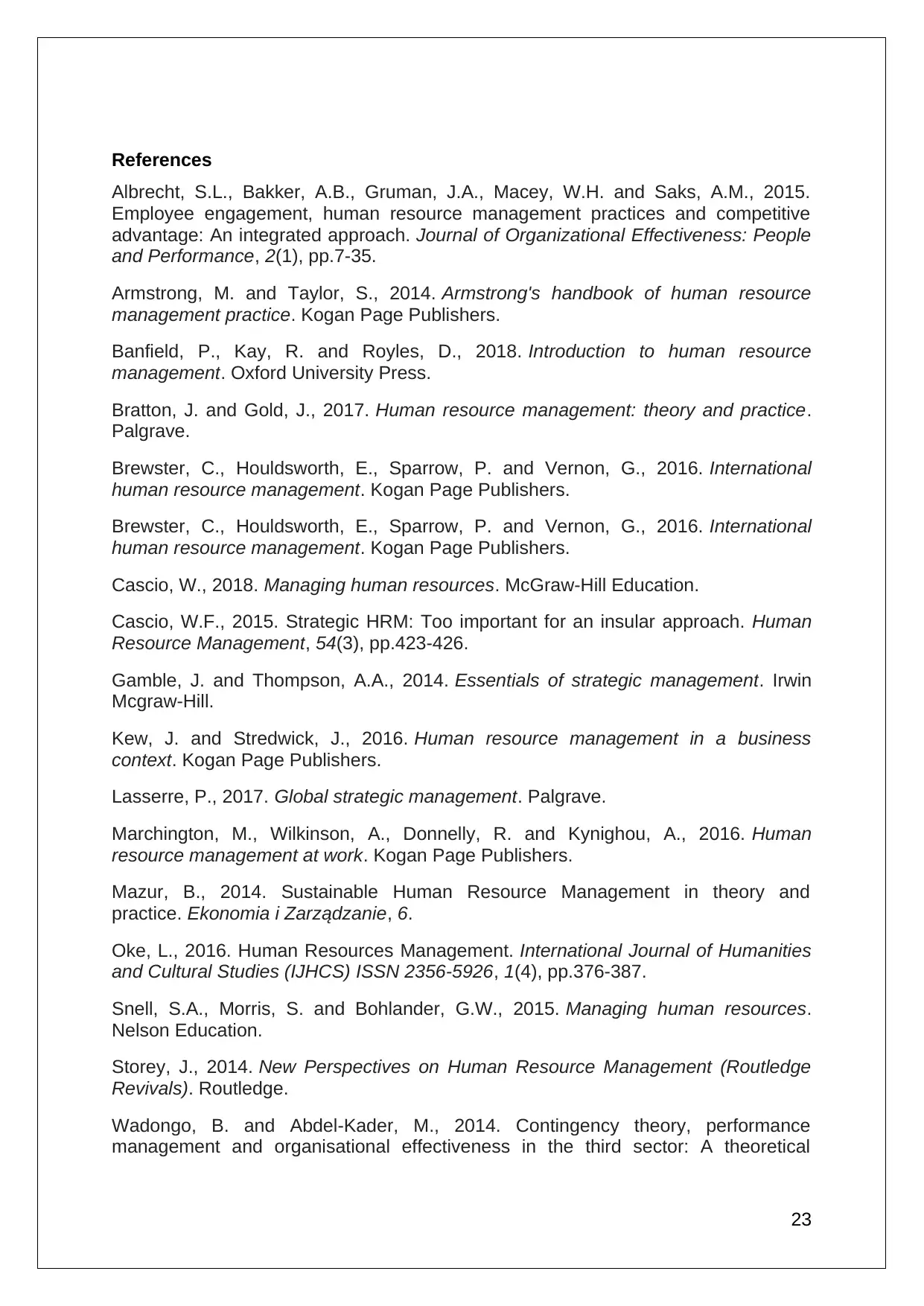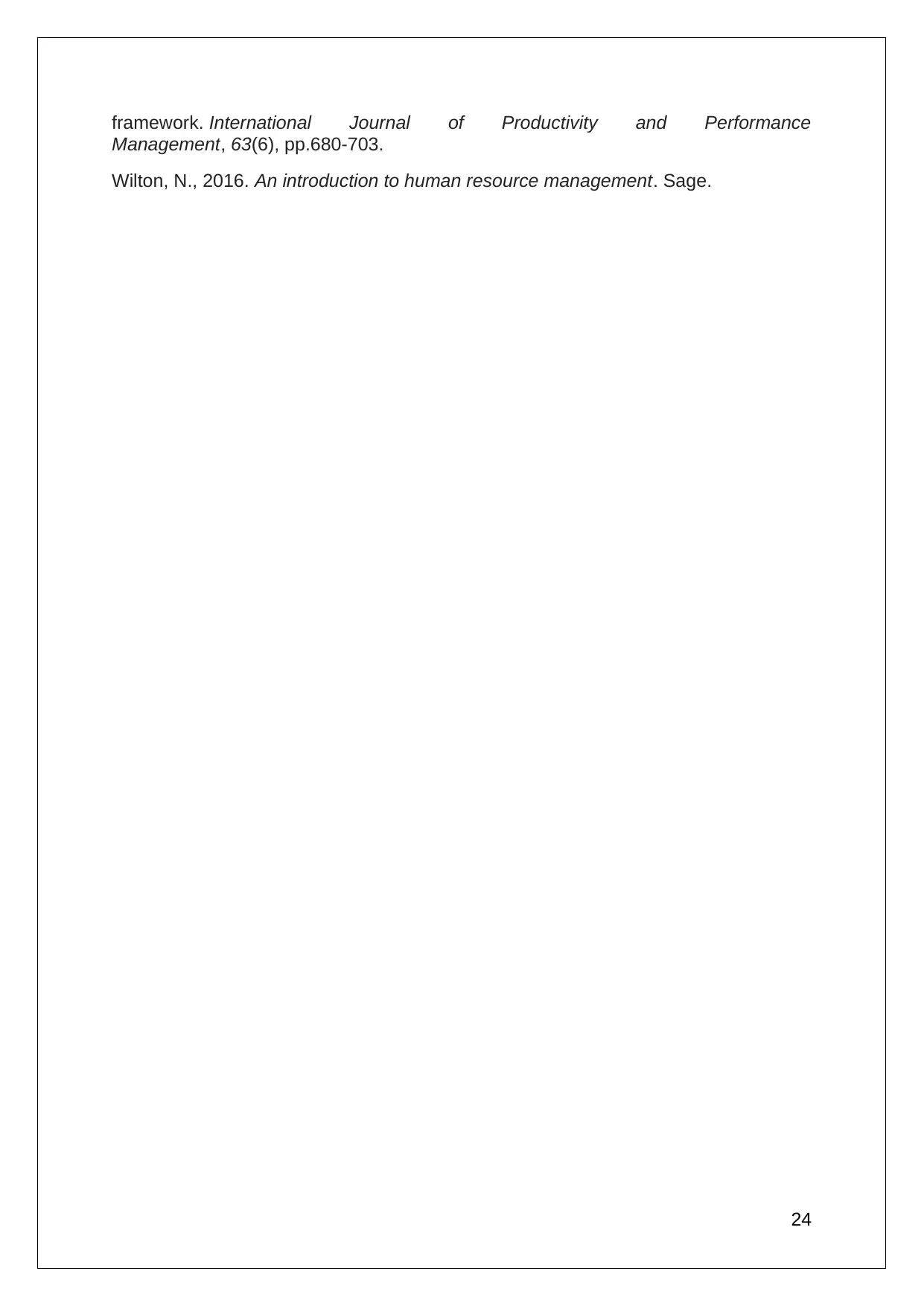This report delves into the significance of human resource management (HRM) in the context of Coca-Cola, a global beverage giant. It explores the purpose and functions of HRM, analyzing its impact on workforce planning and resource allocation. The report examines different approaches to recruitment and selection, highlighting their strengths and weaknesses. It further investigates how various HRM practices benefit both management and employees, evaluating their effectiveness in boosting organizational profit and productivity. The importance of employee relations in influencing HRM decision-making is also discussed, along with the key elements of employment legislation and their impact on Coca-Cola's HRM practices. Finally, the report illustrates the application of HRM practices in a work-related context using specific examples from Coca-Cola.
![[object Object]](/_next/static/media/star-bottom.7253800d.svg)
![[object Object]](/_next/static/media/star-bottom.7253800d.svg)
